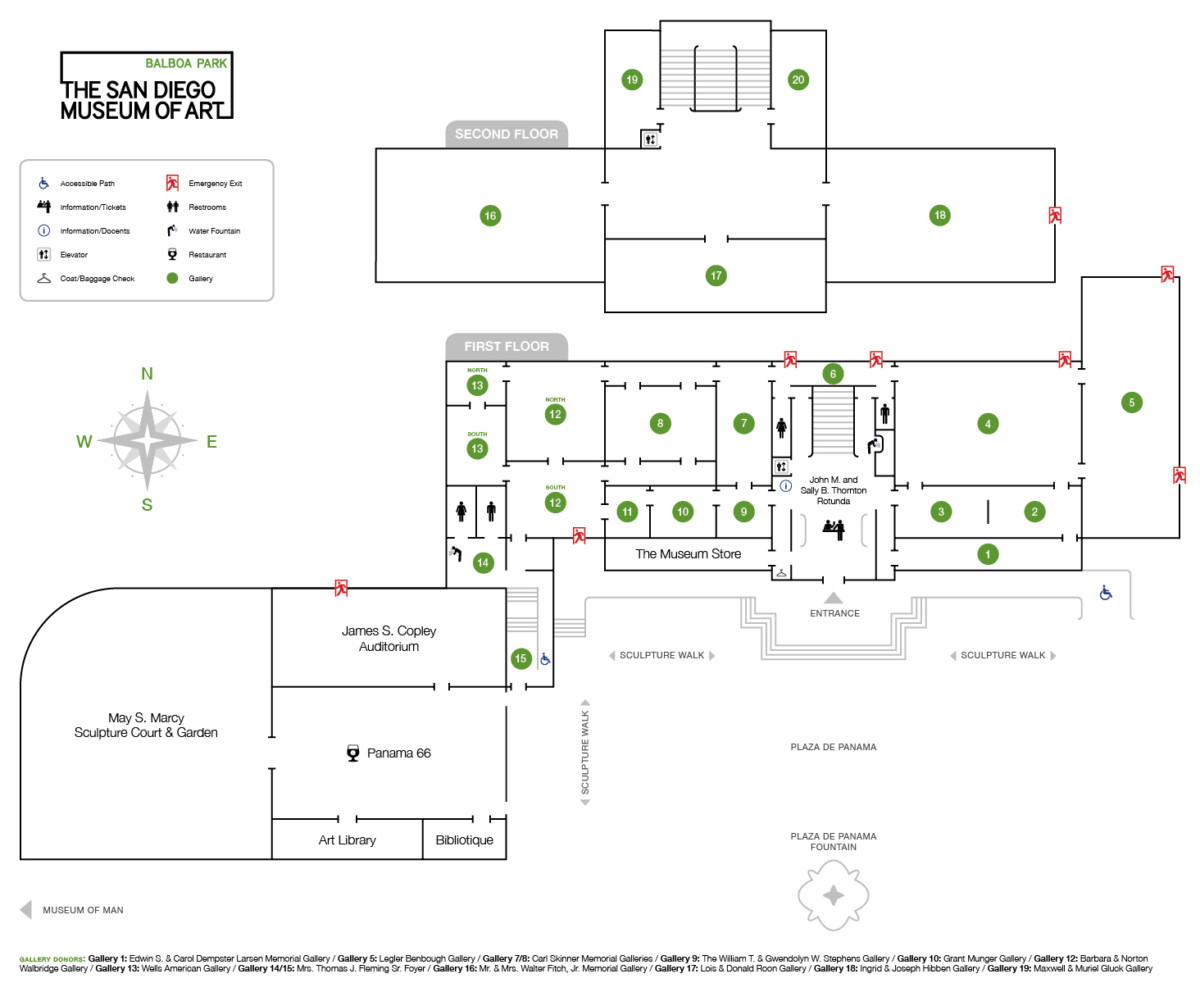Alfred Mitchell (1888–1972) created evocative views of the geography of San Diego using stark contrasts of dark and light and capturing subtle nuances of light at different times of day. His canyons, usually devoid of people, are a source of stillness, quiet, and timelessness. Although a representational artist, he was influenced by modern painting techniques he had seen when traveling through England, France, and Italy in 1921. Mitchell studied at the Pennsylvania Academy of Fine Arts in 1916; he had already won the silver medal at the Panama–California Exposition inaugurating Balboa Park the previous year.
Deeply imbedded in the local arts community, Mitchell was a member of the Contemporary Artists of San Diego, a group that also included Maurice Braun, Arthur Fries, and Charles Reiffel. He assisted in the formation of the La Jolla Art Association in 1918. As President of the San Diego Art Guild, Mitchell was a signatory on the documents creating the Fine Arts Gallery of San Diego (now The San Diego Museum of Art) in 1925 and was one of the first artists to receive a solo exhibition here in 1929. Mitchell continued his advocacy of arts education for many years as a teacher at San Diego city and county schools. His friendship with Susan Eakins, wife of Thomas Eakins, led to the donation of Thomas Eakins, Portrait of James Carroll Beckwith, currently on view in gallery 3.


